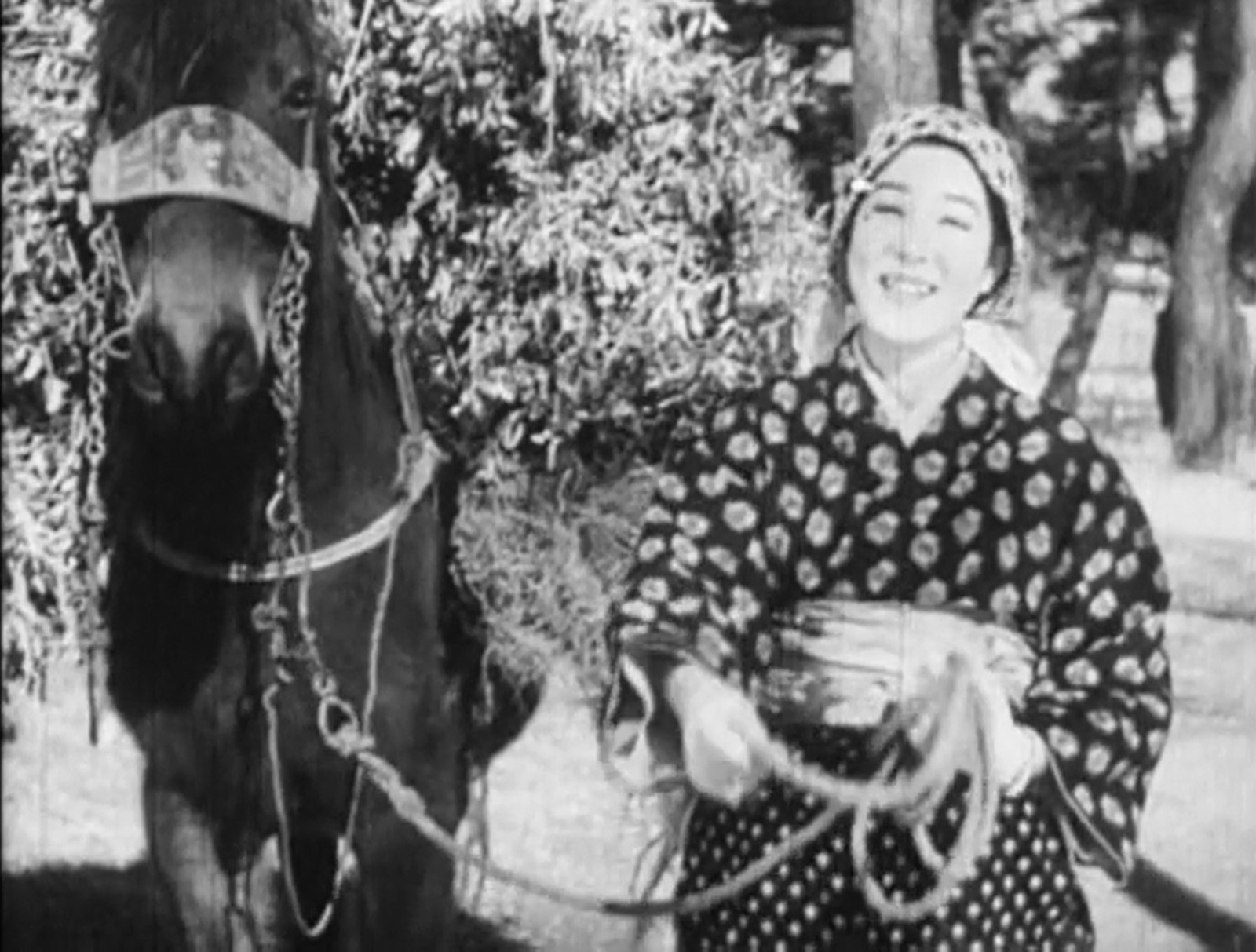100 Million Idiots
Mondrian-like composition in “Ohayo (1959)” Over the cups of sake, Chishu Ryu and others in the Izakaya murmur “TV creates 100 million idiots”. Yes, TV will blow their intellect out of all Japanese brains. Somebody said that. Ozu’s “Ohayo” was released in 1959. TV culture was still at its early stage and everything was experimental and new. Its technology was cutting edge of the time, and this box was the object of industrial accomplishment. However, the virtual world it offered was prime example of dysfunctional contemporary world. “TV creates 100 million idiots” was a buzzword in late 50’s. Souichi Otake, …
